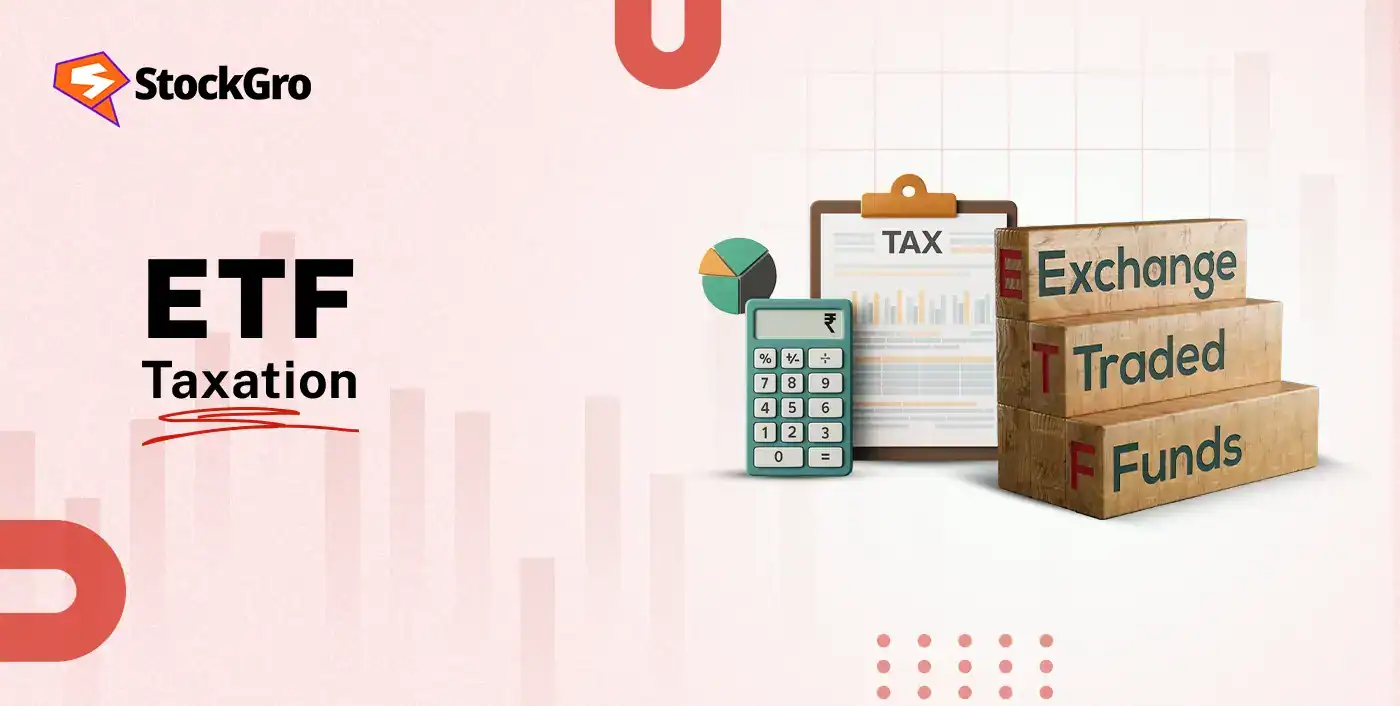
The Economic Times recently highlighted six mid-cap stocks across sectors projecting a room to rise up to 36%, reminding investors that wealth grows in the gap between market noise and steady compounding. Portfolio management turns that idea into action by balancing risks, strategic asset allocations, and maintaining consistency to achieve long-term financial objectives.
Portfolio management is the process of analysing, selecting, purchasing, and monitoring a group of financial securities to meet financial goals and mitigate risk. It is undertaken by an individual investor, a fund manager, or a portfolio service provider. The key idea is to balance risks and maximise returns of a portfolio’s value over time.
Portfolio management involves functions or key elements that offer a specific benefit to the portfolio manager. Let’s discuss them further in this blog.
Elements of Portfolio Management
These key elements of portfolio management help in defining the investment objectives, which include executing a strategy through asset allocation and security selection, and concluding by monitoring and rebalancing the portfolio to meet the investor’s financial goals.
1. Investment Objectives & IPS
Investment objectives state what an investor or portfolio manager wants to achieve, whether it is capital appreciation, wealth creation, or simply hedging against price movements.
The Investment Policy Statement (IPS) is a document that brings these investment objectives to life. It is a guide that outlines the objectives with the given constraints, strategies, and investment guidelines for a portfolio manager.
Both of these ensure alignment of investors’ goals and strategies and provide a framework for guidance and evaluation.
For example, a 30-year-old professional, wants to build a ₹3 crore retirement corpus by 60. Her investment objective is long-term capital appreciation with moderate risk. Her advisor creates an Investment Policy Statement (IPS) outlining a 70:20:10 allocation across equity, debt, and gold, respectively. This serves as her roadmap, keeping her investment strategy aligned with her goals and risk tolerance.
2. Asset Allocation & Diversification
Asset allocation is powered by the knowledge of how different assets move in the given market conditions. Hence, a mixture of these financial instruments, such as stocks, bonds, or marketable securities, helps in balancing risks and maximising returns.
On the other hand, diversification is the spread of an investment within an asset class to dodge the risks arising from a single investment in one asset.
In simpler terms, asset allocation is figuring out how many eggs to put in different baskets, while diversification is spreading the investments within the baskets, that is, asset classes.
Let’s simplify with an example: an investor decides to invest 65% in equity and 35% in bonds. That’s asset allocation. Then diversification is spreading those 65% equity into different stocks or shares and 35% into different bonds like government or corporate.
3. Risk Tolerance & Risk Management
Both risk tolerance and risk management are cornerstone elements of portfolio management. They work together to achieve the financial goals of an investor while reducing risks.
Risk tolerance defines the level of risk accepted by an investor, while risk management is actively identifying and managing risk to protect the value of a portfolio.
Both of these are co-active components. The risk tolerance is the starting point, and together they set boundaries and act within them.
Young investors with high risk tolerance might invest in small-cap or mid-cap stocks and use stop-losses and regularly review his portfolio to minimise losses during market downturns.
4. Performance Monitoring & Rebalancing
Performance monitoring is a systematic tracking of a portfolio’s performance, returns, and risk association, to see whether it is aligned with investment objectives. The process involves evaluating portfolio investments against certain benchmarks to identify underperforming assets or new opportunities.
Rebalancing adjusts the asset allocation of a portfolio back to its target when market movements cause it to drift apart. It maintains the accepted risk level and investment strategy by selling high-performing assets and buying low-performing assets. This process helps to identify and manage risk and secure long-term investment objectives.
Suppose, after a year of strong equity gains, Meera’s portfolio shifted from her target 70:30 equity-debt ratio to 80:20. Through performance monitoring, her advisor noticed the drift and rebalanced the portfolio by selling some equities and adding debt funds, restoring her desired risk-return balance and long-term strategy.
5. Cost & Tax Efficiency
Cost and tax efficiency are material aspects of portfolio management. It focuses on minimising costs such as brokerage fees, expense ratios, and taxable amounts on capital gains to maximise post-tax returns from a portfolio.
The very beginning of this process is from asset allocation, which involves strategically placing an investor’s money into different asset classes and holding them for long periods. It also involves harvesting losses by carrying them forward to offset capital gains.
The main idea is to protect the profits from being eroded by brokerage fees and capital gains tax and increase returns.
For example, an investor avoids frequent trading to reduce brokerage costs and short-term capital gains, and also carry forward losses from underperforming stocks, and offsets them against capital gains to reduce tax liability.
6. Time Horizon & Behavioural Discipline
Time horizon is a pre-planned duration of time an investor holds an investment before selling it, and it is directly influenced by risk appetite and asset allocation. Holding an investment for a long-term poses a higher risk compared to a short-term holding period, but it also gives better returns and with reduced tax rates on capital gains, while short-term capital gains are subject to higher tax rates.
Now, behavioural discipline is the mastery of being able to hold an investment for a long duration, while avoiding emotional indulgences, which is a key to successful creation of long-term wealth. It supports the investors to outgrow biases such as panic selling during market downturns, or chasing after short-term market trends
For instance, during a market crash, an investor resists panic selling his blue-chip stocks, keeping in mind his 10-year goal of funding his child’s education and allows the market to recover with time.
Conclusion
An investor who wants to create wealth and stay for the long run in the market needs to manage their portfolio effectively. They can either do it by themselves or through professional help from Portfolio Management Services (PMS).
Portfolio management means strategically allocating and diversifying an investor’s money into a blend of assets and asset classes to minimise overall risk, maximise post-tax returns, and regularly monitoring the portfolio and rebalance to maintain the effectiveness of the portfolio.
FAQs
The key elements of portfolio management are investment objectives and IPS, asset allocation and diversification, risk tolerance and management, performance monitoring and rebalancing, cost and tax efficiency, and time horizon and behavioural discipline.
Asset allocation is considered more important than security selection because it drives the success of an investment by managing risks through diversification across stocks, bonds, or commodities.
There is no specific criterion for when rebalancing should be done; however, some common strategies involve rebalancing on an annual basis, when the portfolio deviates from its target, or a combination of both.
An Investment Policy Statement (IPS) is a guide to manage the portfolio, which includes investment objectives, risks, strategies, constraints like liquidity and taxation, roles and responsibilities of the portfolio manager.
Costs like management fees, trading commissions, expense ratios, and taxes on capital gains reduce investment returns and reduce the after-tax returns of a portfolio. These costs and taxes erode an investor’s total return and affect wealth creation.
Defining investment objectives is critical because it provides a guideline for a portfolio to make investment decisions. These objectives, which are based on an investor’s risk tolerance and goals, ensure a goal-driven strategy rather than impulsive trading.

